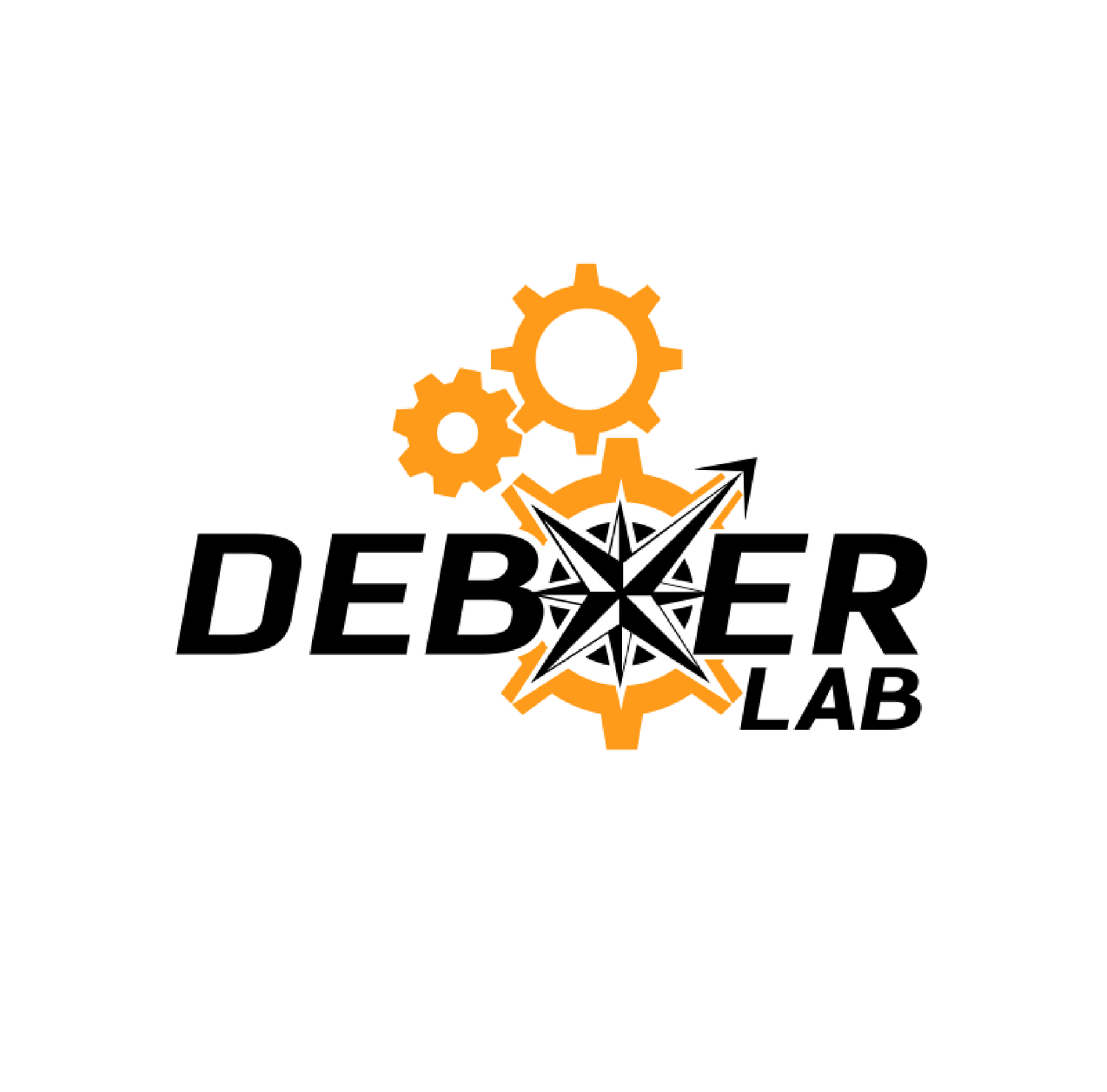The DeBoer lab is collaborating with Dr. David Cox of Harvard University to investigate the use of at-home lab kits to supplement online instruction of STEM courses. Below is the 2015 ASEE Abstract on this work:
International STEM Classrooms: The Experiences of Students Around the World Using Physical Remote Laboratory Kits
S. Zahra Atiq, Xin Chen, David Cox, Jennifer DeBoer
Virtual classrooms’ lack of hands-on learning opportunities has been a major criticism leveled at Massive Open Online Courses (MOOCs), especially in engineering and science disciplines(Eisenberg & Fischer, 2014). One potential solution is to include remote laboratory experiences into the MOOC for diffuse global learners (e.g., Astatke, 2014). However, little is known about the social, cognitive, and affective learning experience for students who use remote lab kits as opposed to participating in a residential science laboratory, nor have studies described the comparative experiences of students in different national settings using remote lab kits as part of a global MOOC. This paper addresses the need to understand in-depth diverse learners’ experiences while using remote lab kits as part of a novel online course.The course studied is ABCx (identifying information removed), a MOOC offered from ___University with the edX platform ____. ABCx videos were highly interactive and demonstrated a high production value, covering a number of core neuroscience topics and utilizing periodic quizzes for students to make predictions and test their hypotheses. We use rich data from the first iteration of the course, run from October 2013 through January 2014. This first course cohort included students from 143 different countries, many of whom were active on the course discussion forum. In addition, 200 students randomly selected out of volunteers from the whole class were sent at-home physical lab kits that allowed them to perform neuroscience experiments on insects in their own homes. This sub-sample of students came from 42 distinct countries, and,in the scope of this paper, we focus on the students who used the remote lab kits.Our central research questions are: (a) how can we characterize the ways in which students around the world use at-home remote lab kits? (b) how is their use of the kits reflected in their online individual and collaborative behaviors? (c) how do their offline kit usage and online behaviors relate to their performance in the course? and (d) are their usage patterns or behaviors mediated by their national setting? We utilize in-depth qualitative information from students’ own lab reports, pre- and post-course survey responses, and detailed discussion forum posts.These data are complemented by clickstream-tracked behavioral logs, which record every click students make on the website and provide individual-level quantitative data. We apply grounded theory and content analysis to qualitative data, and we utilize advanced regression techniques as well as social network analysis to understand supplementary quantitative information.We observe high levels of participation in the lab kit experiment by students in countries that have typically shown high levels of engagement in MOOCs (i.e., USA, India, Brazil, Spain, and Colombia; author, 2014). Our initial findings indicate that both logistical and ethical issues for the at-home lab experiments varied by country context. Further, one of the key themes in students’ lab reports highlighted the importance perceived by learners of physically evaluating neuroscience theories and actualizing demonstrations presented in the ABCx online videos.Although the discipline of the course studied is neuroscience, there are important implications for engineering classrooms. The experiments facilitated in ABCx apply not only biological but also electrical engineering concepts (e.g., measuring electrical potential across a neuron). Many engineering MOOCs have struggled to incorporate hands-on experiences for students, and those that do may use, at most, virtual simulation kits. The experiences of global students in this course could inform the structural and pedagogical design of blended courses for engineering.
The full paper is available here: https://peer.asee.org/17146

